During the height of the Muslim era in Spain, or rather Al-Andalus, which lasted from the 8th to the 15th centuries, the Iberian Peninsula became a beacon of cultural, scientific, and architectural advancements. The region flourished remarkably, with cities transforming into epicenters of knowledge and diversity. Unlike the subsequent Reconquista period, which was marked by religious intolerance, this era saw Muslims, Jews, and Christians living together in a relatively harmonious society.
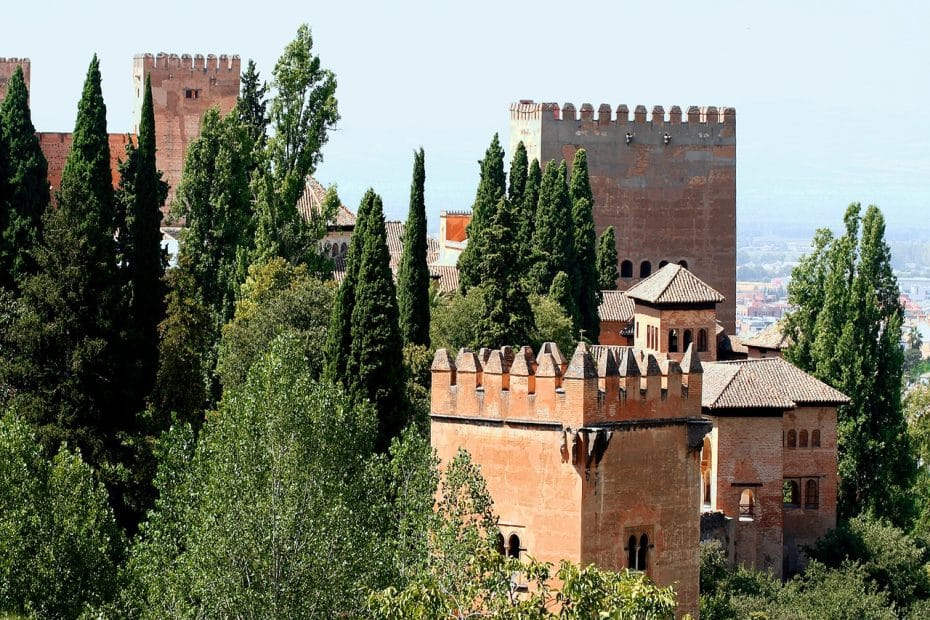
This golden age was characterized by significant intellectual activity, contrasting sharply with the rest of Europe, deep into the so-called Dark Ages. It is said that during this era, Al-Andalus was so prosperous that Córdoba rivaled even Baghdad in terms of development and cultural richness. The city housed an immense library with over 400,000 volumes and was home to numerous scholars who contributed to various fields such as mathematics, astronomy, medicine, and philosophy.
Fun fact: There’s an estimated 2,500 castles spread across the entirety of modern-day Spain. A majority of them were either built by or to defend against the Moors.
The thriving urban centers during the Al-Andalus era testify to a time when Spain was at the cutting edge of knowledge and culture on an otherwise struggling continent. In this post, we will explore the major cities of Muslim-Era Spain. We’ll cover Moor-founded places and earlier centers that bloomed under Muslim rule.
Brief History of Al-Andalus: A Glimpse into Muslim-Era Spain
Pre-Islamic Iberia
The period of Al-Andalus began after the fall of the Roman Empire and subsequent Visigothic rule.
Following the decline of Roman control over Iberia around 409 BC, various Germanic peoples, especially the Visigoths, rose to power. They established their capital in Toledo and ruled until the early 8th century. The Visigoths created a Christian kingdom that was politically fragmented and frequently embroiled in internal conflicts. It was then split into smaller kingdoms like Galicia, Asturias, Cantabria, and Vasconia. Conversely, the ones we named here were the least affected by the Muslim conquest of the Peninsula in both reach of the invasion and/or time under their rule.
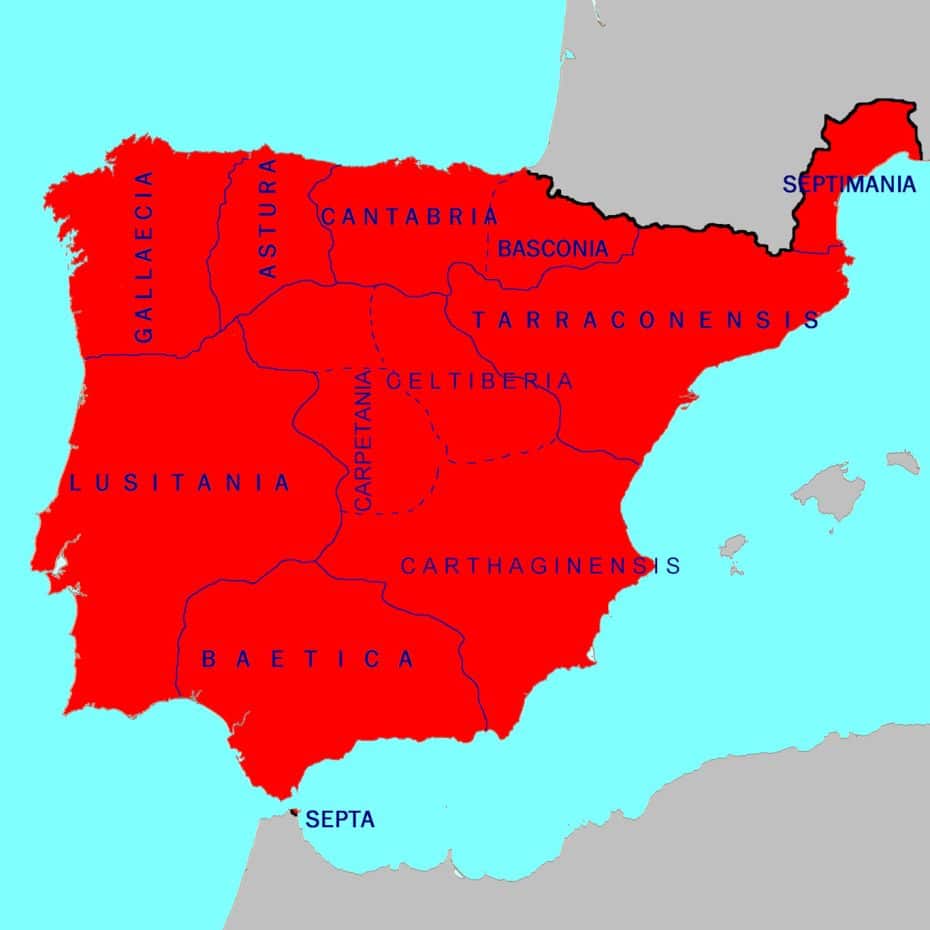
The Muslim Conquest of the Peninsula
The year 711 BC marked a significant turning point in the history of the Iberian Peninsula with the arrival of Muslim forces led by Tariq ibn Ziyad. The Visigothic Kingdom, which had ruled the region since the early 5th century, fell rapidly to the invading Umayyad troops. King Roderic, the last Visigothic ruler, faced defeat at the Battle of Guadalete. This battle near the Guadalete River opened the gates for a new era.
The swift conquests saw the Muslim forces establish control over key cities such as Toledo, Córdoba, and Seville by 713 BC. By 756 BC, Abd al-Rahman I established the Emirate of Córdoba independently from the Abbasid Caliphate, laying the foundations for one of medieval Europe’s most significant cultural and educational centers.
The Golden Age of Al-Andalus
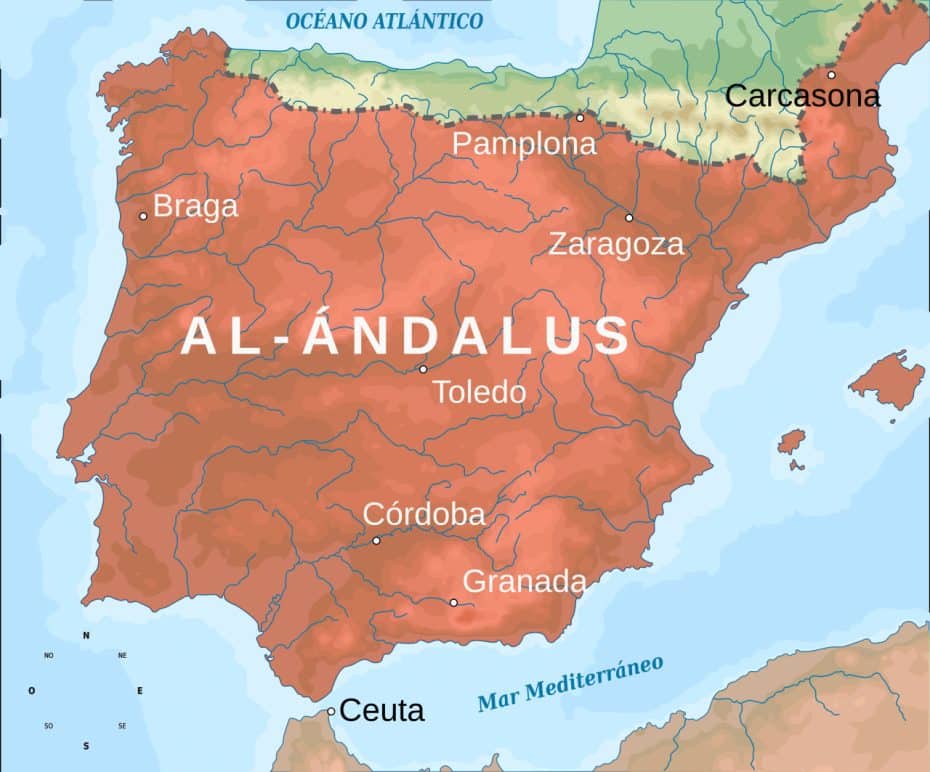
Over the subsequent centuries, Al-Andalus evolved into a beacon of cultural, scientific, and intellectual progress in medieval Europe. Córdoba quickly emerged as an epicenter of administration and culture and blossomed into a metropolis celebrated for its opulent palaces, advanced infrastructure, and thriving intellectual life.
Luminaries like Ibn Rushd (Averroes) in philosophy and jurisprudence and Ibn Zuhr (Avenzoar) in medicine emerged during this period. The region’s scholars played crucial roles in preserving Greek and Roman texts while making contributions to astronomy, mathematics, and poetry. Agricultural techniques also flourished with the introduction of new irrigation systems.
Moreover, Al-Andalus was characterized by its cosmopolitan society, in which Muslims, Christians, and Jews coexisted peacefully.
The End of Muslim Rule in Spain
The efforts to “reconquer” the Iberian Peninsula from the Moors, known as the Reconquista, gained significant momentum by the 11th century. The kingdoms of Castilla and Aragón were pivotal in recapturing territories. The Christian victory during the Battle of Las Navas de Tolosa in 1212 marked a turning point. Over the next few centuries, the Christian kingdoms chipped away at Muslim-controlled regions, finally capturing key cities such as Córdoba and Seville.
The final bastion of Muslim rule in Spain was the Emirate of Granada. By 1491, Granada was under siege by forces led by Ferdinand II of Aragon and Isabella I of Castile. The Nasrid dynasty was forced to surrender to the Catholic Monarchs in 1492.
The 11 Most Important Muslim-Era Cities in Present-Day Spain
1. Córdoba
Córdoba, Andalusia 711 CE – 1236 CE
The Romans founded Córdoba and later came under Visigothic control. In 711 BC, the Moors conquered it during the Umayyad conquest of Hispania. The city became the capital of the Emirate of Córdoba and emerged as one of the most powerful cities in Europe.
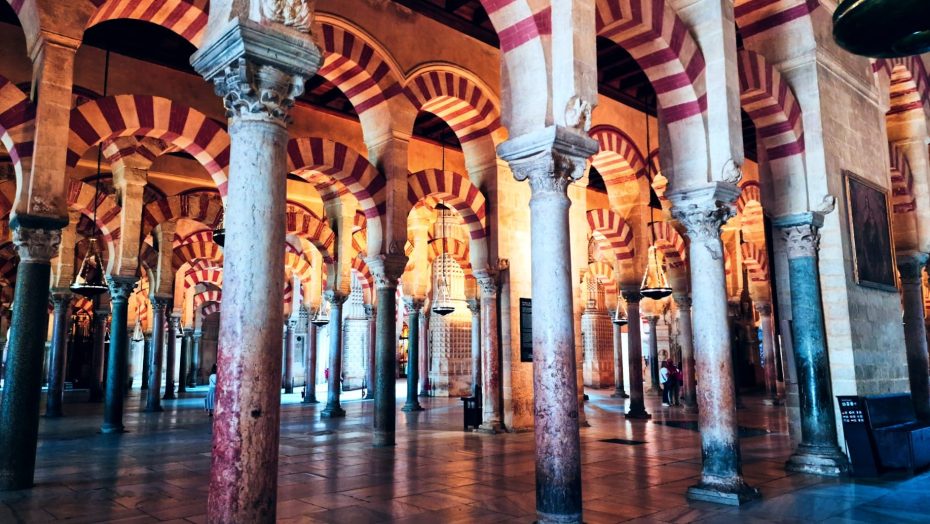
During Moorish rule, Córdoba rapidly evolved into a vibrant urban center known for its extensive infrastructure, including roads, public buildings, and gardens. Among its architectural marvels was the Great Mosque of Córdoba; construction began in 785 BC by Abd al-Rahman I and expanded over centuries. At its peak, the city had a population estimated to reach up to 500,000 inhabitants, surpassing places like London or Paris. Its importance spanned Europe and the Middle East, allowing it to rival Baghdad, which was then the cultural and scientific epicenter of the world.
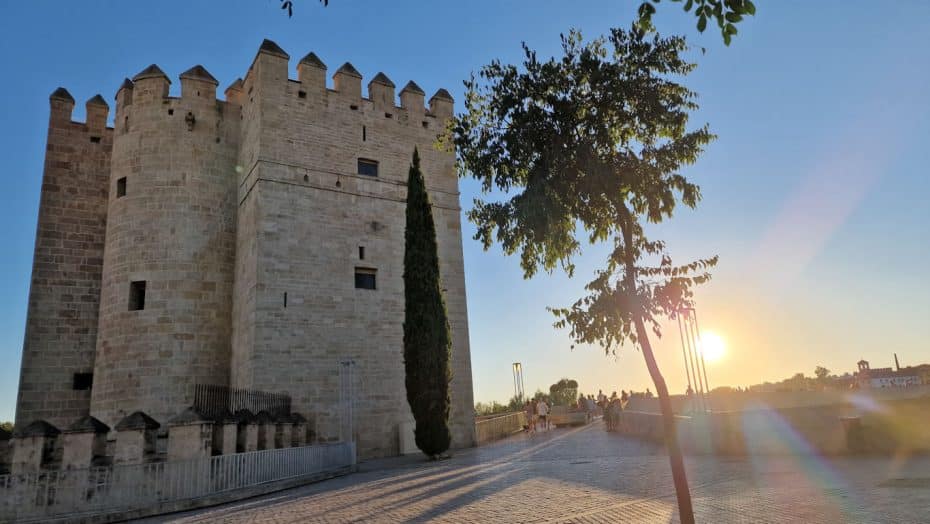
Córdoba was a beacon for sciences and arts during its golden age. Al-Hakam II’s library contained hundreds of thousands of manuscripts. Renowned figures such as Jewish philosopher Maimonides and Muslim polymath Averroes were products of this enriching environment. The scholars in Córdoba contributed notably to various fields, including astronomy, medicine, philosophy, and agriculture.
The administrative city of Medina Azahara, near Córdoba, was developed by Abd-ar-Rahman III in 936 CE to serve as new capital of Al Andalus. This planned city was intended to showcase the grandeur of the Ummayyad Caliphate. Its construction involved 10,000 workers and took decades.
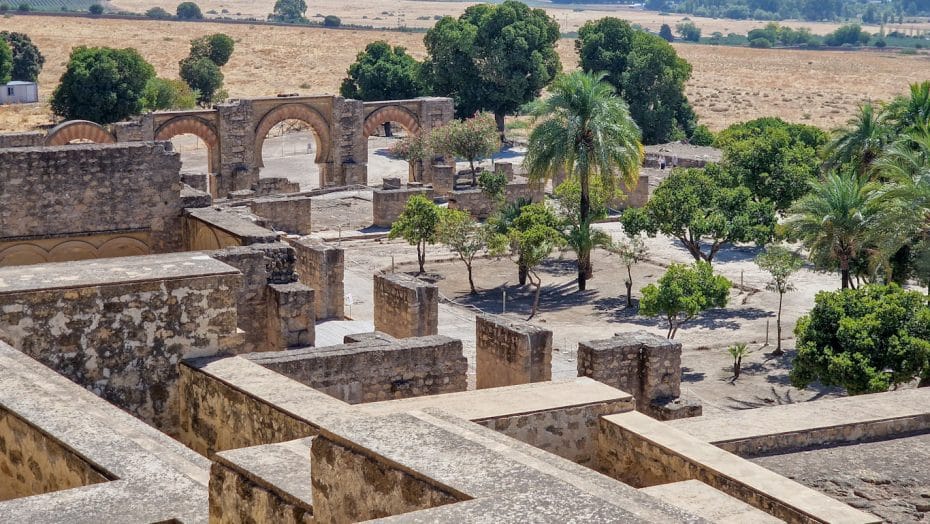
The city featured impressive architecture, including palaces, gardens, and water systems, all designed to reflect the might and sophistication of the caliphate. However, Medina Azahara’s splendor was short-lived; it was sacked and abandoned by 1010 CE following internal conflicts that eventually led to the caliphate’s fragmentation. Today, the vast ruins remain a testament to its brief but notable existence.
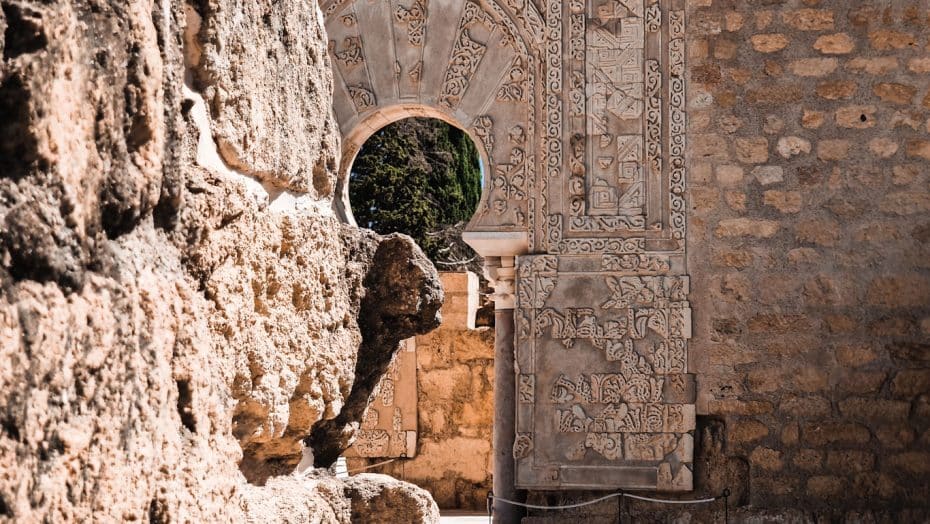
The decline of Córdoba began with internal strife within the Caliphate and pressure from Christian Reconquista forces. In 1236 BC, after years of military campaigns led by Ferdinand III of Castile, Córdoba fell to Castilian forces. This marked the end of Muslim rule over the city and significant shifts in its demographic and cultural landscape.
2. Granada
Granada, Andalusia 711 CE – 1492 CE
Granada was founded as a small Iberian settlement, but it gained significant prominence when the Moors, led by Tariq ibn Ziyad, conquered the region in 711 CE. The city’s strategic location and fertile lands contributed to its importance. By the 13th century, Granada had blossomed into a thriving metropolis and became Spain’s last stronghold of Moorish power.
This unique history makes Granada, with almost 781 years, the European city with the longest lasting Muslim-controlled regime.
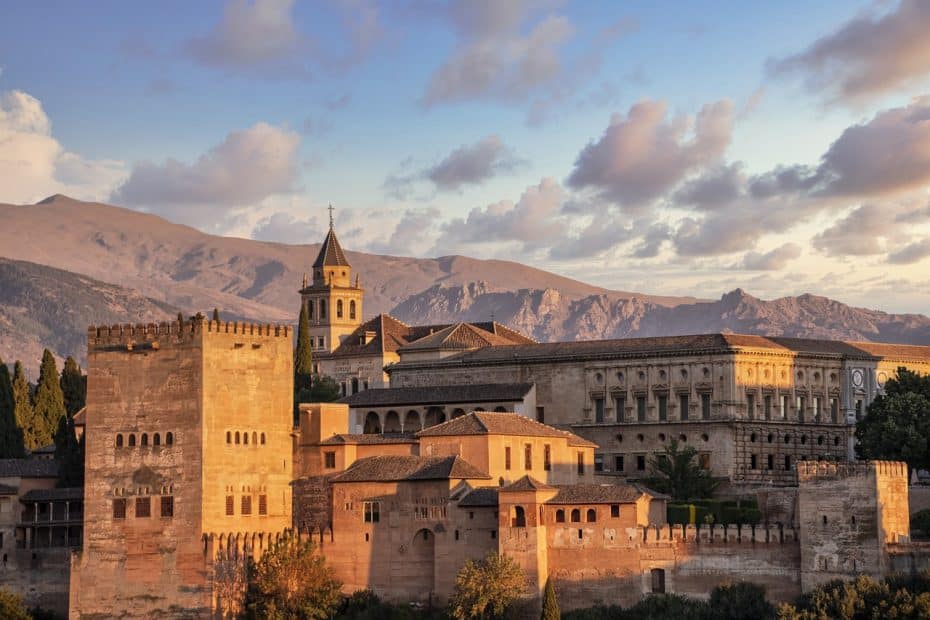
Under the Nasrid rulers, Granada evolved immensely. The Alhambra, a stunning palace and fortress complex, was constructed as a symbol of power. The city became a bustling center of commerce and culture, densely populated with approximately 200,000 residents during its peak. It played a crucial role as a political center and a cultural and intellectual hub within Al-Andalus.
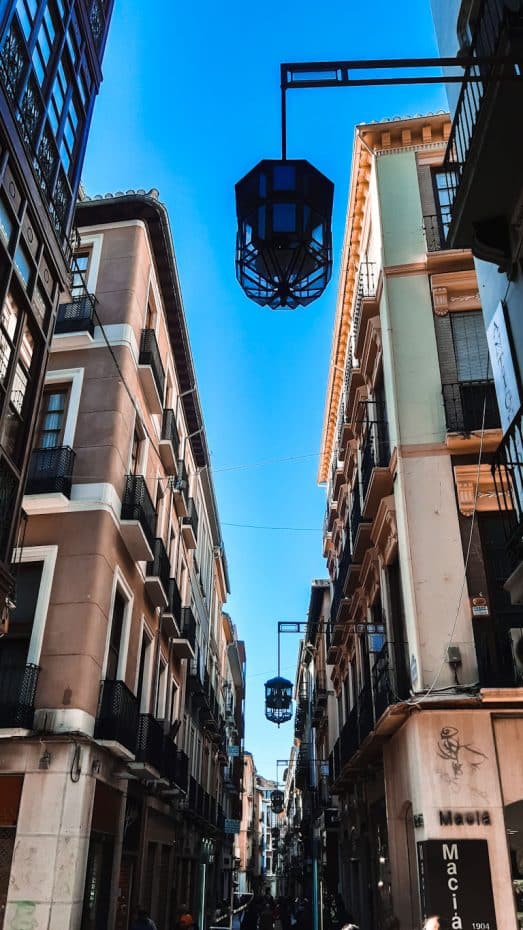
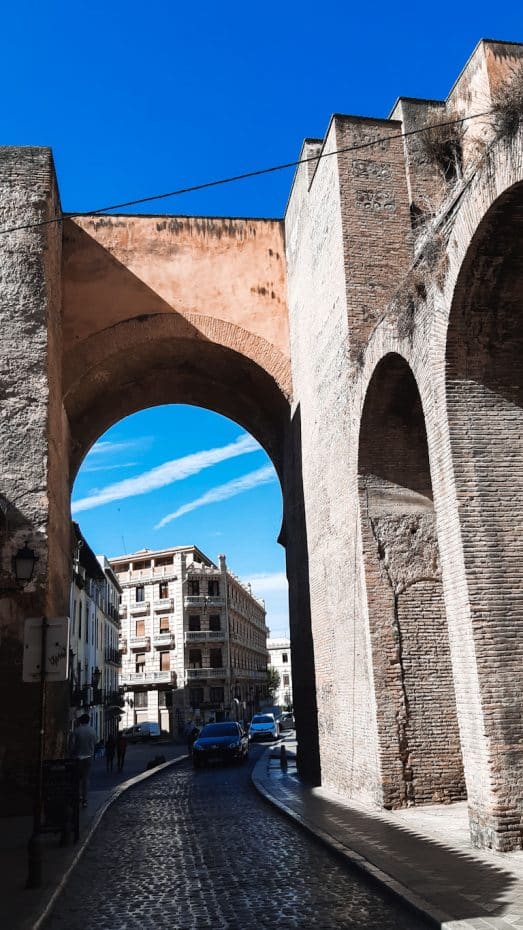
Granada was famous for its flourishing artistic and scientific communities. Scholars such as Ibn al-Khatib contributed to advancements in medicine and historiography. The city also produced remarkable poets like Ibn Zamrak, whose work adorned the walls of the Alhambra.
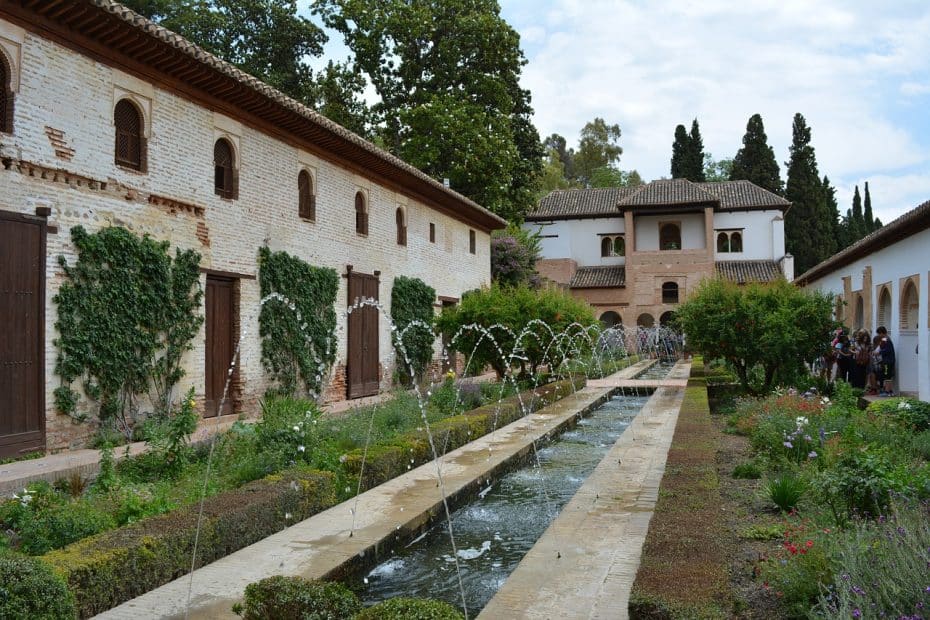
In 1492 CE, after months of siege, Granada fell to the Catholic Monarchs Ferdinand II of Aragon and Isabella I of Castile. The surrender marked the end of Muslim rule in Spain and was formalized through the Treaty of Granada.
3. Isbilia (Seville)
Seville, Andalusia 712 CE – 1248 CE
Isbilia, known today as Sevilla, was founded as the Roman city of Hispalis. It was captured by Muslim forces in 712 CE and renamed Isbilia. The city quickly rose to prominence under Moorish rule and became a key administrative and commercial hub in Al-Andalus. Its strategic location along the Guadalquivir River facilitated trade and communication with the interior and coastal regions. During its peak, Isbilia was considered one of the most significant cities in the Iberian Peninsula.
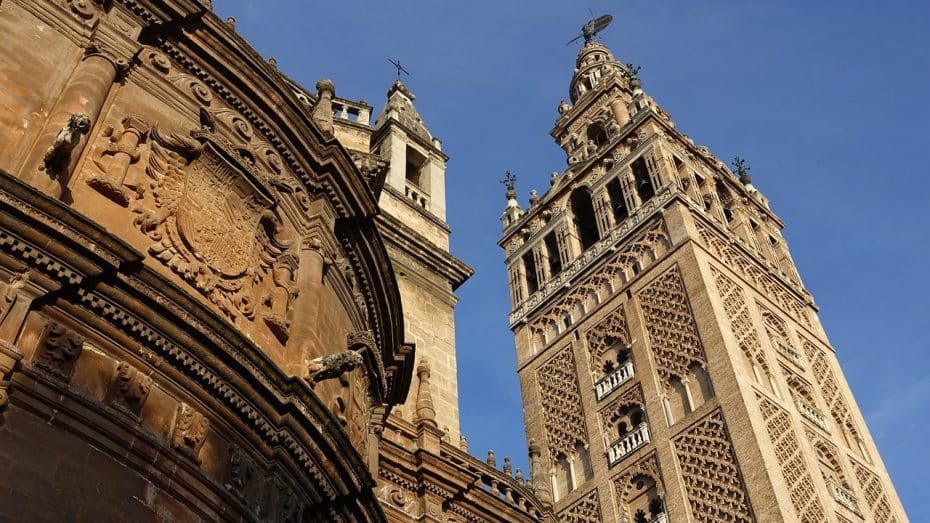
Throughout the Moorish era, Isbilia experienced substantial architectural and cultural development. Notable construction projects included the Giralda, originally a minaret for the Great Mosque. The Alcázar of Seville, an elaborate palace complex, also began to take shape during this period.
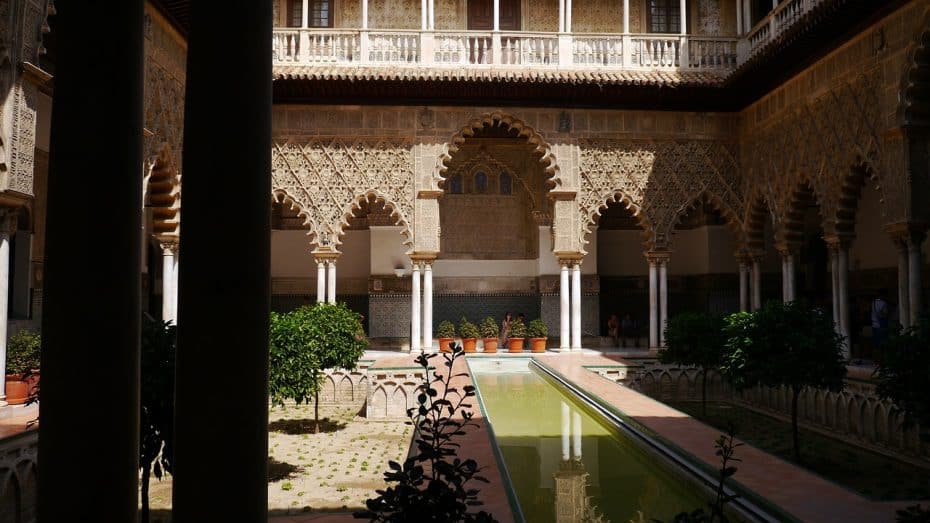
Isbilia became a renowned center for sciences and arts under Moorish rule. The city attracted scholars, poets, and scientists from across the Islamic world. Among them was Abu Madyan, an influential Sufi mystic and scholar whose works were widely respected. Another notable figure was Muhammad ibn Malik al-Muradi, who was known for his contributions to astronomy and engineering.
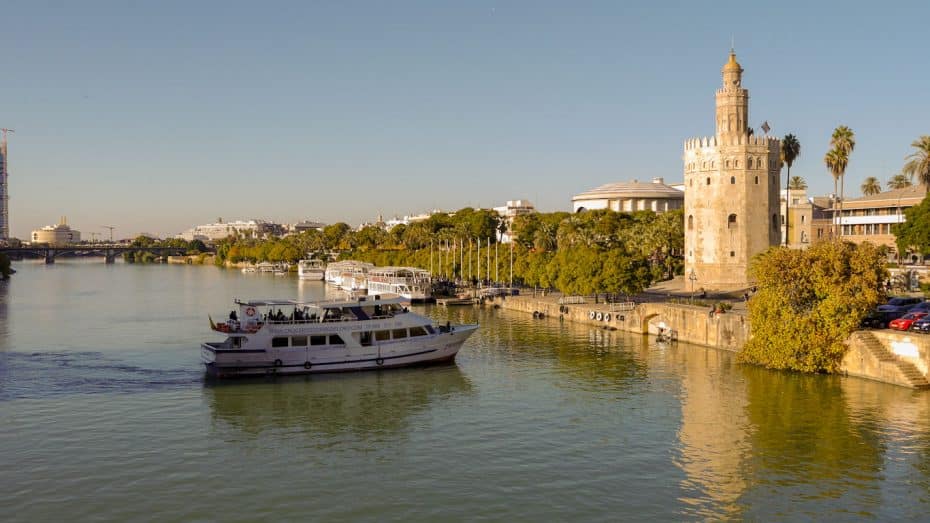
The downfall of Isbilia came in 1248 CE. Ferdinand III of Castile successfully captured the city after a prolonged siege. The conquest marked the end of nearly five centuries of Moorish control. Following this transition, many Islamic structures were repurposed or modified.
4. Toledum (Toledo)
Toledo, Castilla-La Mancha 711 CE – 1085 CE
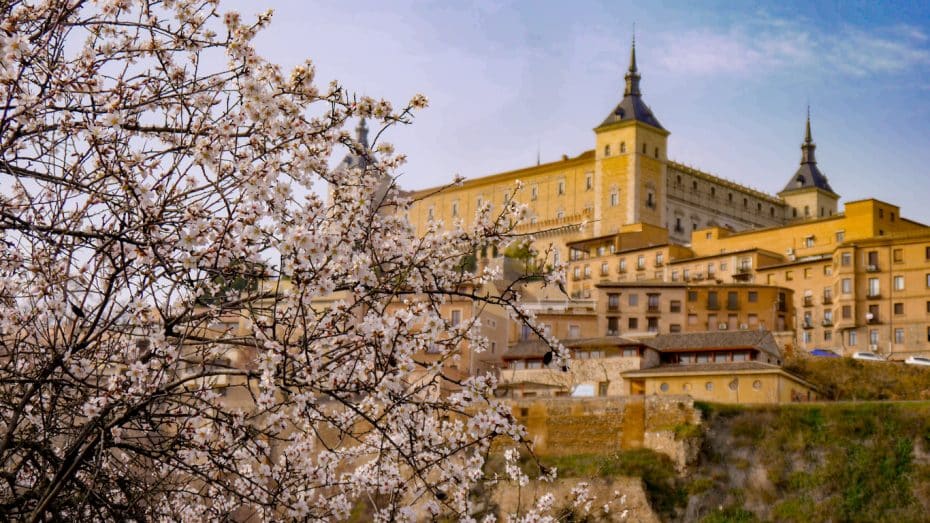
Founded as Toletum by the Romans in the 2nd century BCE, the city fell under Visigothic control before being conquered by the Moors in 711 CE. During their rule, Toledo became a prominent cultural and political center in Al-Andalus. The city’s strategic location along the Tagus River allowed it to thrive as a trade hub under the Caliphate of Córdoba.
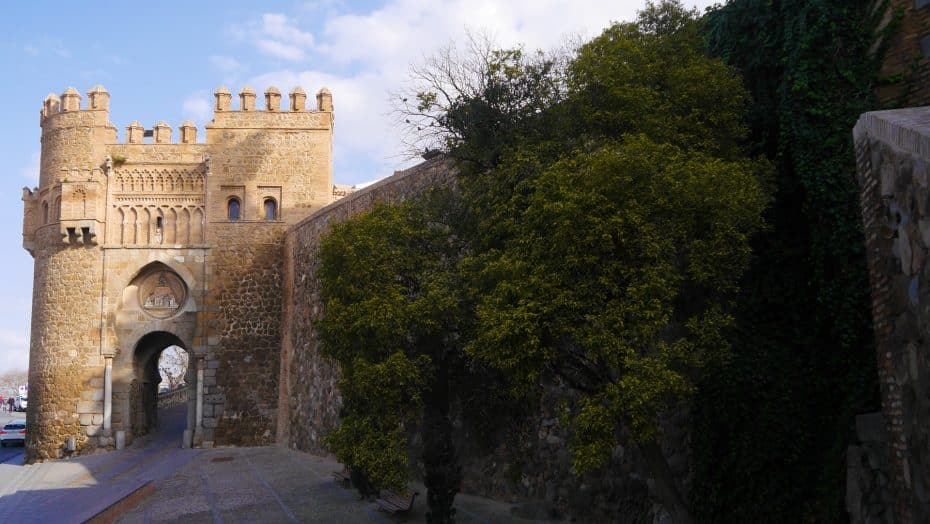
During the Moorish era, Toledo experienced significant growth and development. The construction of mosques, palaces, and roads showcased its architectural and cultural advancements. Notable Muslim-era landmarks include the Bab al-Mardum Mosque from 999 CE; after the Christian reconquest, it became Cristo de la Luz Church. Toledo’s reputation as a scholarly center flourished, with contributions to astronomy, medicine, and philosophy made by figures such as Ibn Wafid and Al-Zarqali.
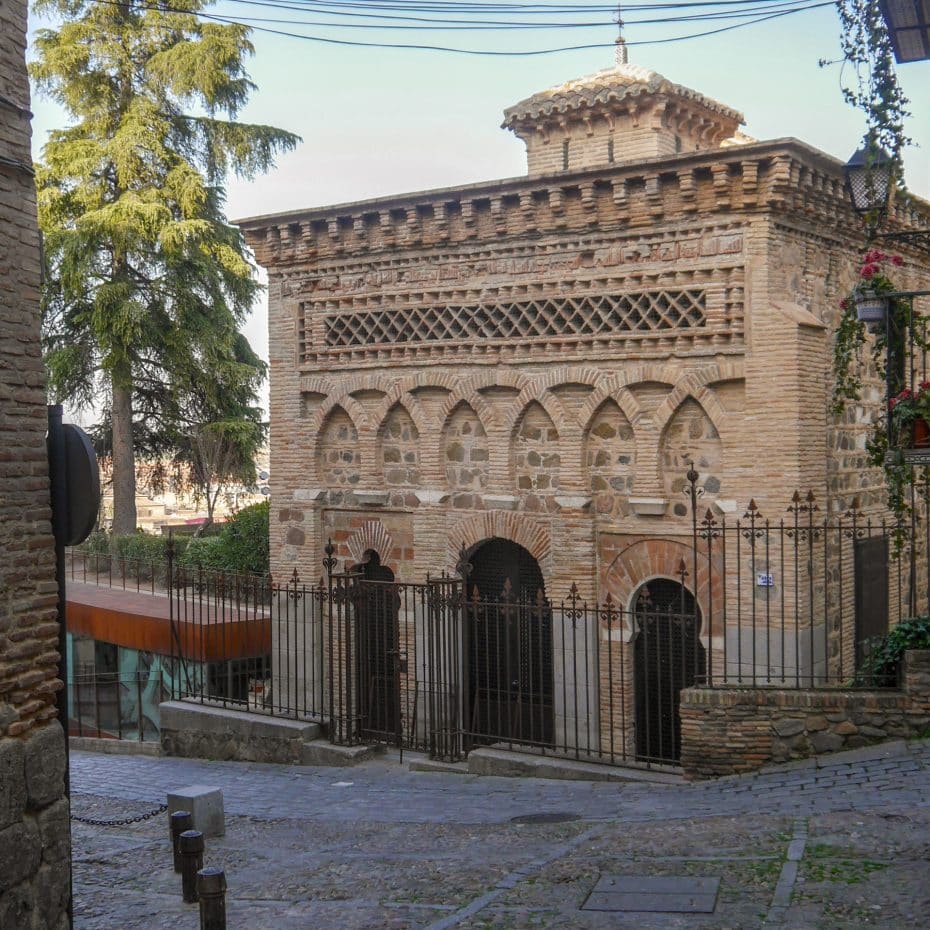
Toledo fell to Alfonso VI of Castile in 1085 CE. The city’s capitulation was pivotal for expanding Christian control over Iberia. Negotiations ensured a relatively peaceful surrender, preserving much of its infrastructure.
5. Saraqusta (Zaragoza)
Zaragoza, Aragón 714 CE – 1118 CE
Saraqusta, today Zaragoza, was established during the early 8th century and quickly became a significant center of Islamic power in the northern part of the peninsula. Conquered by the Moors in 714 CE, the city gained strategic importance due to its location along the Ebro River. During its golden age, Saraqusta was a bustling hub within Al-Andalus, fostering complex trade networks and boasting extensive defense structures.
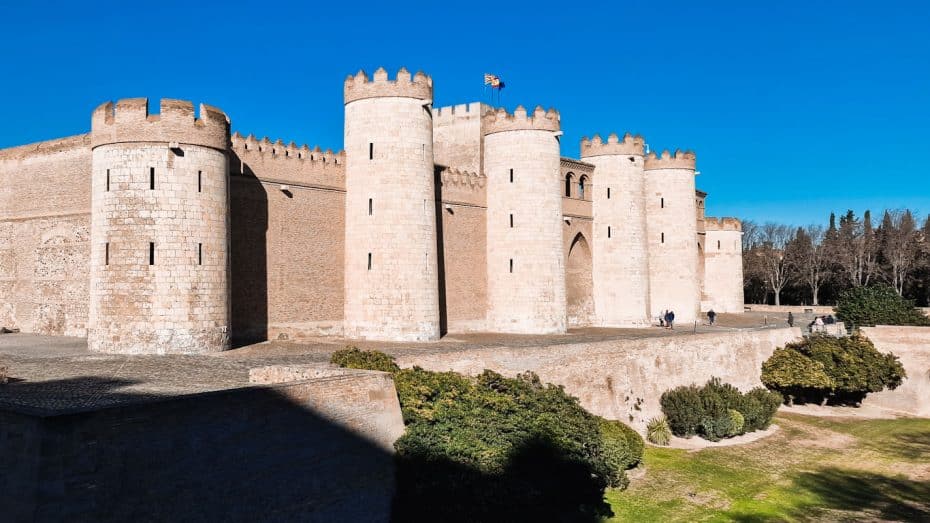
Throughout the Moorish period, Saraqusta underwent considerable urban and cultural transformation. Building landmarks like Aljafería Palace in the 11th century highlighted the city’s prosperity. The palace, a fortified royal residence, showcased intricate Islamic art and design and today hosts the Aragón Parliament.
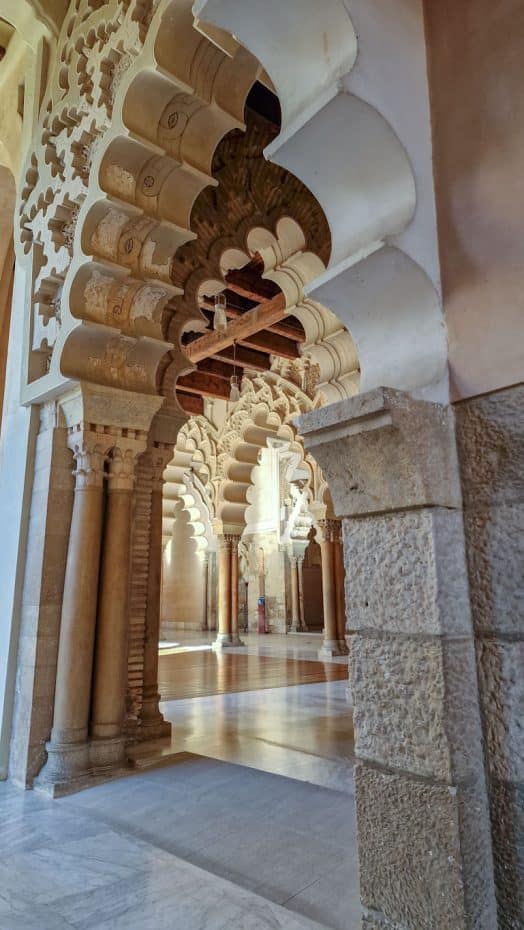
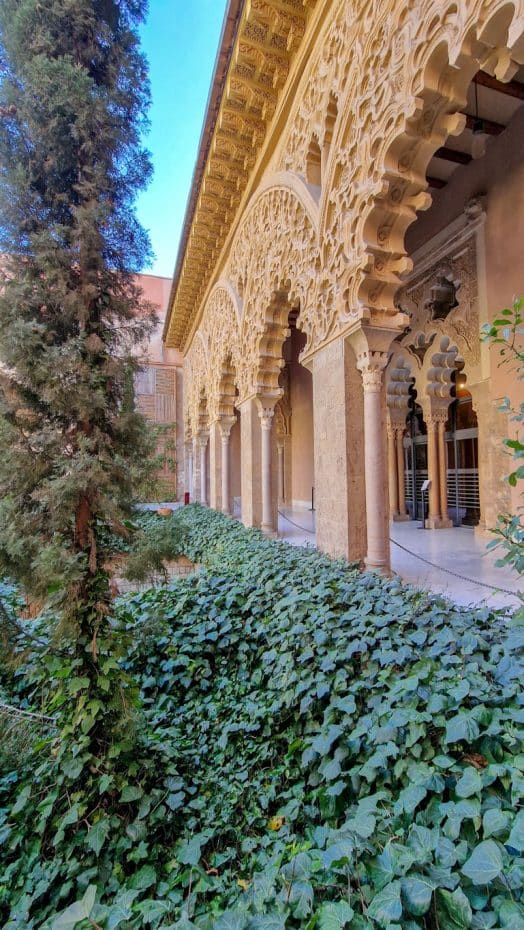
The town became a cradle for sciences and arts, evidenced by figures like Ibrahim ibn Yahya al-Zarqali, an influential astronomer.
The fall of Saraqusta came in 1118 CE when Alfonso I of Aragon captured the city during a critical phase of the Reconquista.
6. Batalius (Badajoz)
Aragón, Extremadura 875 CE – 1230 CE
Batalius, today Badajoz, was originally established by the Romans before being conquered by the Moors in 875 CE. It quickly grew in importance as a key stronghold in western Al-Andalus. The city was situated strategically near the Guadiana River and became a center for military and administrative operations, often serving as a frontline defense against Christian forces from the north.
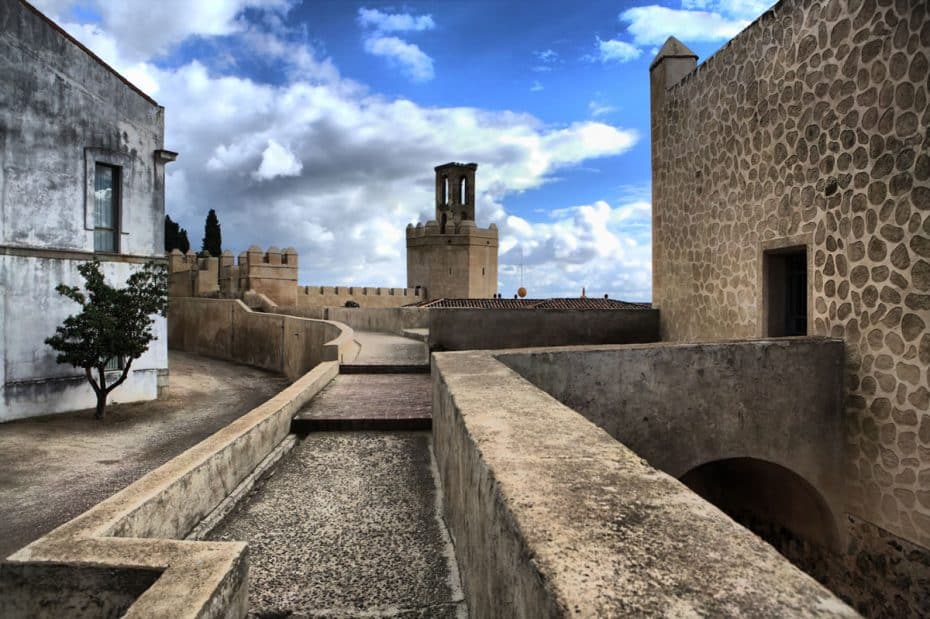
During the Moorish rule, Batalius evolved significantly in terms of infrastructure and cultural influence. The Moors constructed buildings like the Alcazaba, which remains one of the largest fortified complexes in Spain.
Batalius fell to Alfonso IX of León in 1230 CE during the Reconquista.
7. Malaca
Málaga, Andalusia 743 CE – 1487 CE
Málaga, originally known as Malaca, underwent significant transformations under Moorish rule. The Moors conquered the city in 743 CE and flourished under the Umayyad Caliphate of Córdoba. Málaga’s strategic coastal location made it a crucial port and commercial hub during the Islamic Golden Age. Its importance is evident by its robust fortifications, stretches of which are still standing.
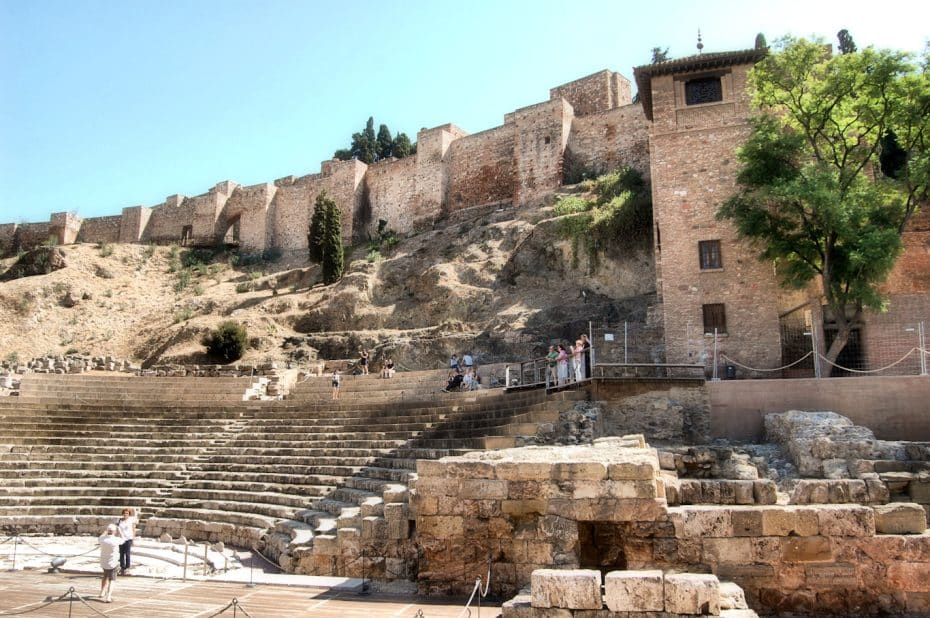
The Moors introduced groundbreaking developments in irrigation and agriculture, which enhanced local productivity. Notable landmarks from this era include the Alcazaba, a palatial fortress constructed in the 11th century, which remains an iconic symbol of Moorish architecture. Prominent figures such as Ibn Gabirol, an esteemed philosopher and poet, contributed to Málaga’s cultural and intellectual legacy.
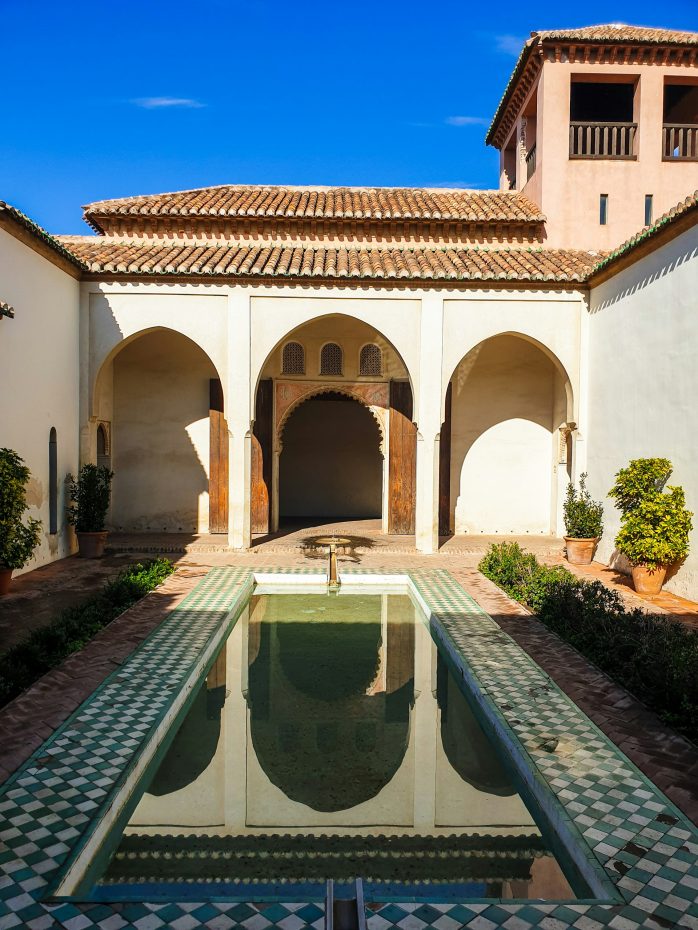
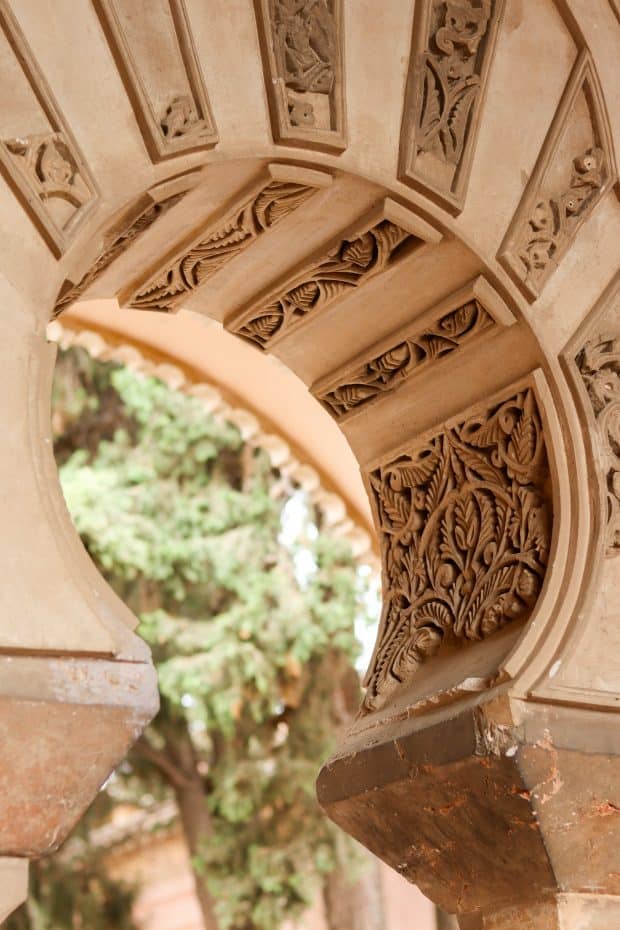
Málaga’s fall came in 1487 CE. After several months of a hard-fought siege that began in April of that year, the city capitulated on August 18th.
8. Balansiya (Valencia)
Valencia, Valencian Community 711 CE – 1238 CE
Balansiya, known today as Valencia, was founded in 138 BCE by the Romans. The city was later conquered by the Moors in 711 CE. Under Moorish rule, Balansiya became a vital economic and cultural hub. Its strategic position on the Mediterranean coast made it an important center for trade and agriculture.
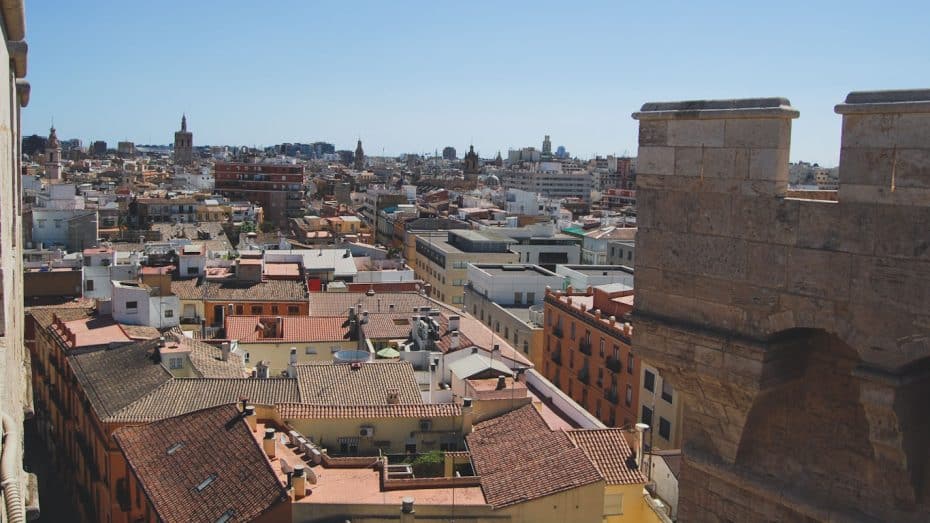
During the Moorish era, Balansiya saw extensive development and architectural innovation. The Moors built impressive structures such as the old city walls, palaces, and mosques. One notable landmark from this period is La Almoina, which served as a palace. The city’s population at its peak reached around 15,000 inhabitants under Moorish rule, making it one of the most important cities in northern Al-Andalus.
Valencia fell into Christian hands in 1238 CE after a protracted siege led by King Jaime I of Aragon. Following its capture, many of the city’s Moorish inhabitants were expelled or converted to Christianity.
9. Al-Banu-Razín (Albarracín)
Teruel, Aragón 711 CE – 1170 CE
Al-Banu-Razín, or Albarracín, was established in the 10th century by the Moors. Its foundation is tied to the region’s strategic importance due to its rugged terrain, which provides natural defense. Initially a modest settlement, it gradually became a fortified city. The city rose to prominence in the 11th century, particularly under the Taifa of Albarracín, and became a powerful enclave within Al-Andalus.
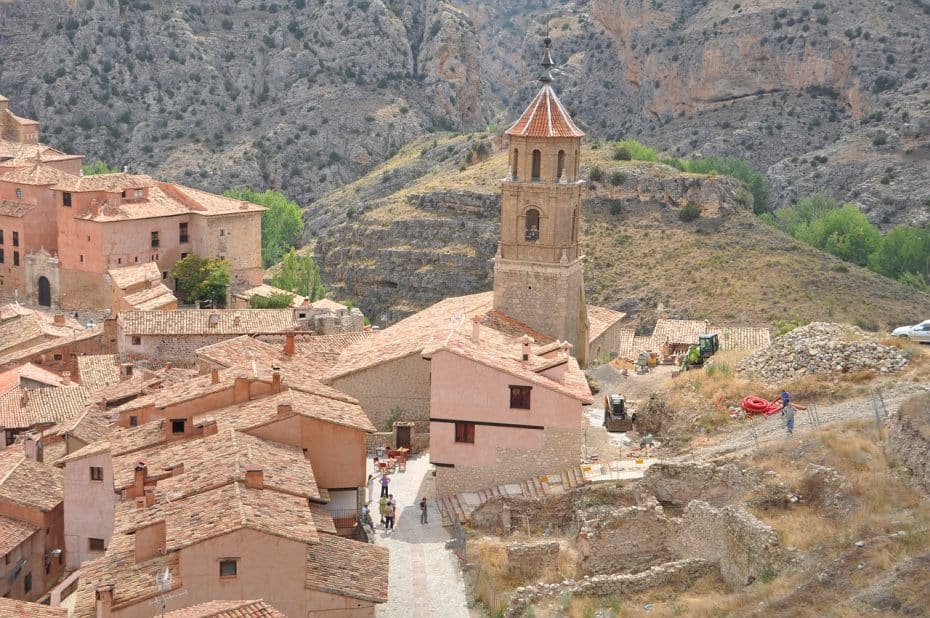
During Moorish dominion, Albarracín flourished both culturally and architecturally. The period saw the construction of significant landmarks such as the Alcázar of Albarracín and extensive walls that still define its silhouette today. Renowned figures such as the Andalusian poet Ibn Darraj al-Qastalli spent time there.
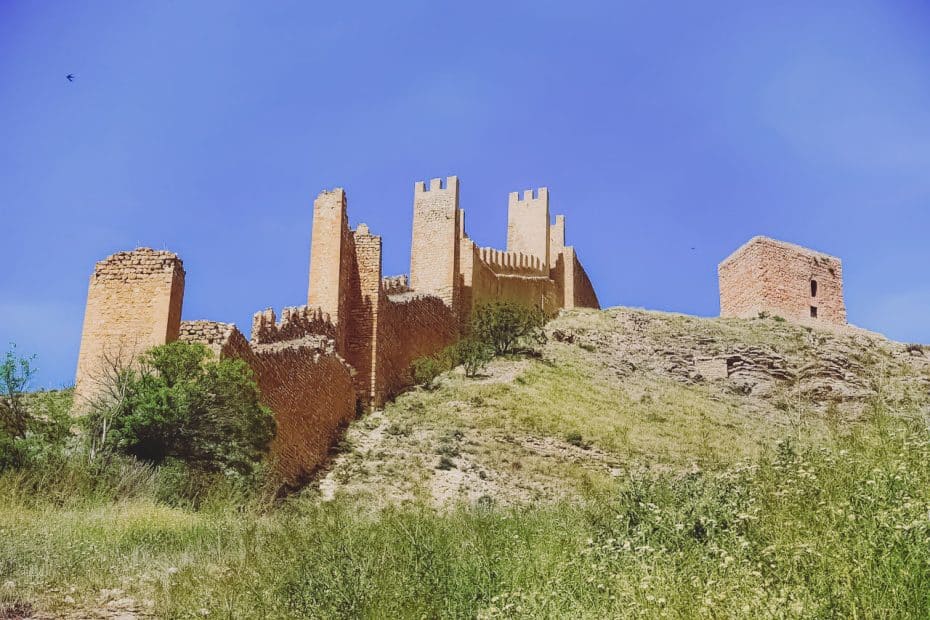
The decline of Moorish rule in Albarracín came during the Reconquista in the late 12th century. In 1170 CE, it fell to Christian forces led by King Alfonso I of Aragon after intense military campaigns that utilized both siege tactics and negotiation.
10. Qartayannat al-Halfa (Cartagena)
Murcia 734 CE – 1245 CE
Qartayannat al-Halfa, known today as Cartagena, was founded by the Carthaginians in 228 BCE. It was conquered by the Moors in 734 CE and peaked in significance during the period of Al-Andalus. Under Moorish rule, it grew in both strategic and economic importance due to its coastal location and proximity to key trading routes. The city became a fortified enclave and a hub for commerce.
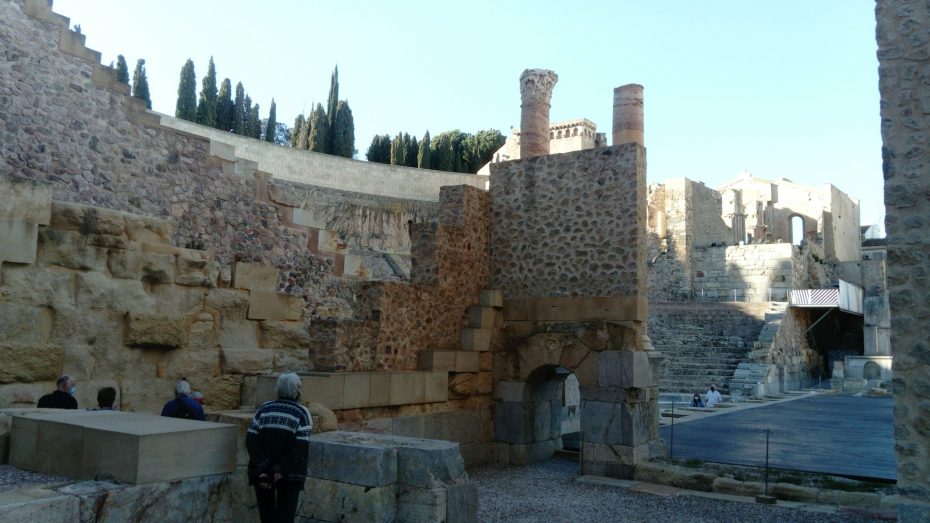
During the Moorish era, Cartagena saw the construction of impressive landmarks such as grand mosques, public baths (hammams), and sophisticated water reservoirs. The city’s population swelled to tens of thousands, bolstered by an influx of scholars, artisans, and merchants. It emerged as a local center of learning and culture. A famous Al-Andalusian in Cartagena was Abu al-Qasim al-Zahrawi, a noted surgeon whose works later influenced European medical practice.
Cartagena fell to Christian forces during the Reconquista in 1245 CE under King Alfonso X of Castile. The city faced numerous sieges before it succumbed to Christian rule, marking the end of an era.
11. Mayrit (Madrid)
Community of Madrid 734 CE – 1245 CE
Mayrit, later known as Madrid, was founded under Moorish rule in the 9th century CE. The Emir Muhammad I of Córdoba established it as a defensive post to guard the approaches to Toledo. Strategically positioned on a hill overlooking the Manzanares River, it served primarily as a military stronghold rather than a major urban center.
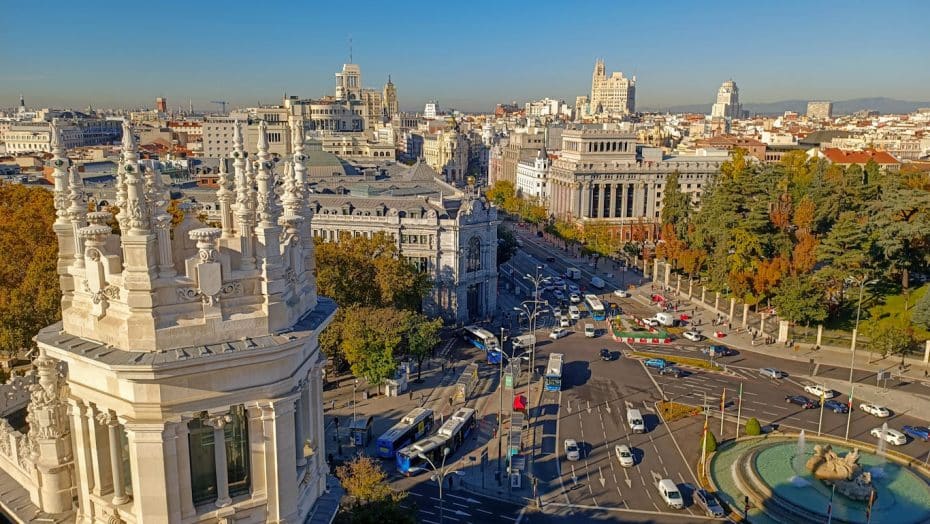
Unlike most places on this list, Madrid was fairly peripheral and unimportant during its early years and the Muslim-era heyday. However, in hindsight, its foundation during the Al-Andalus period laid the groundwork for its future significance in Spanish history, evolving from a defensive outpost into Spain’s largest metropolis.
Fun fact: Madrid is the only European capital founded by Muslims, which is impressive when you consider that there are several countries on the continent (including Turkey, Kosovo, Albania, and Bosnia) where Islam is the predominant religion.
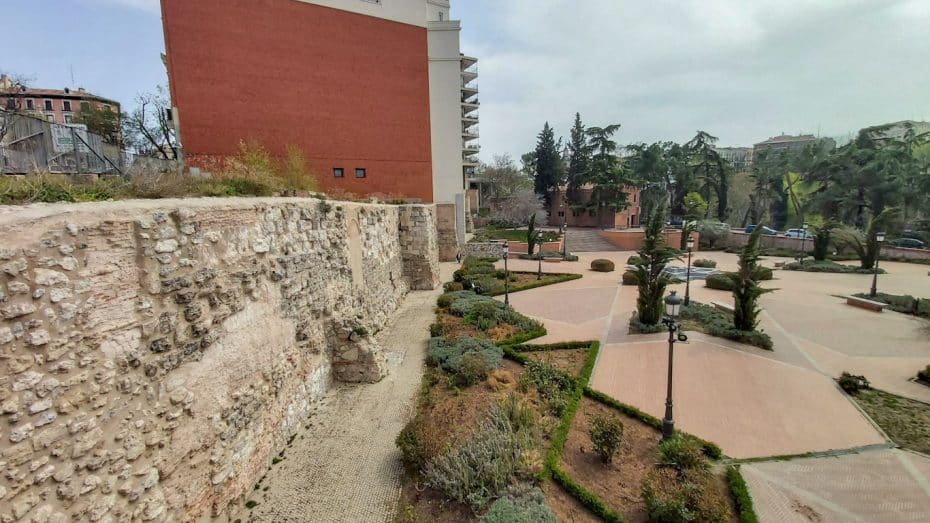
During its time under Moorish rule, Mayrit saw the construction of several landmarks. Among these were the city walls and the Alcázar fortress, which would later evolve into the Royal Palace of Madrid. Islamic engineering from this period also included advanced waterworks to channel streams for irrigation and agriculture. Rough population estimates from historical records suggest that Mayrit housed a modest population in the low thousands before the Christian Reconquista. The city fell to Christian forces led by Alfonso VI of León and Castile in 1083 CE.
Following its seizure, the city was integrated into the Kingdom of Castile and began to change demographically and architecturally as it absorbed Christian influences. Five centuries later, the Villa de Madrid would become the capital of the Kingdom of Spain. Sorry, Toledo.
What Happened to the Ethnic Spaniards After the Muslim Conquest?
Are Spanish people even European?
The concept of “ethnic Spaniards” hasn’t been a thing for millennia (if it ever even existed). Spain was already VERY ethnically diverse before the Muslim conquest began in 711 CE. The region had been ruled by various groups including the Tartessians, Celts, Iberians, Phoenicians, Greeks, Romans, and Visigoths, contributing to an already complex mix of ethnicities and cultures even before the official arrival of the Arabs.
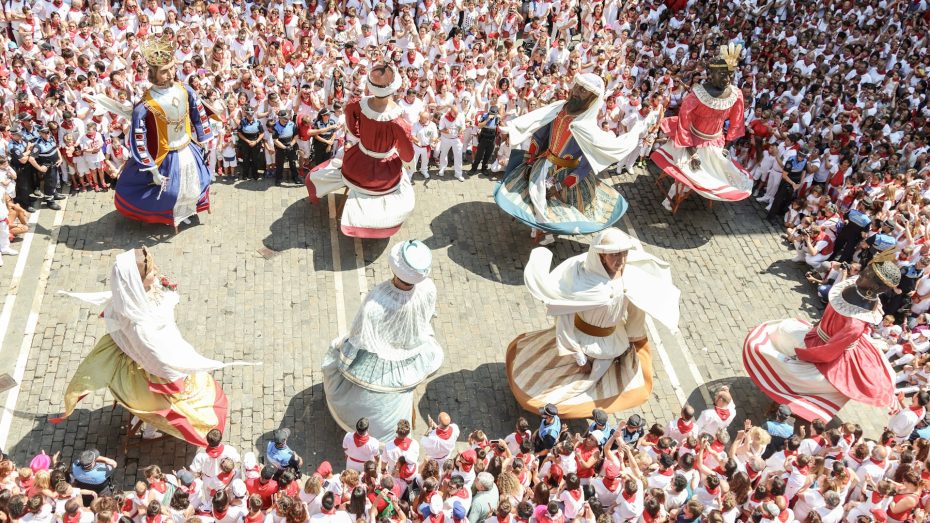
The local Visigothic Christians were not forced to convert to Islam, although there were incentives to do so. Those who did not convert were allowed to continue practicing their religion under the status of dhimmi, provided they accepted Muslim political authority.
The Visigothic royals and aristocracy faced substantial upheaval. Many lost their lands and titles as the new Muslim rulers redistributed property. Some fled to the northern Christian kingdoms that remained independent, such as Asturias. Others seamlessly integrated into the new social framework and enjoyed some comforts as middle management for the new regime.
The lower echalons; peasants, laymen, artisans, and merchant classes experienced some social and economic changes, but many retained their status and property under the new Muslim rulers. Many converted to Islam to avoid paying the jizya, a tax levied on non-Muslims.
Social Hierarchies in Muslim-Era Spain
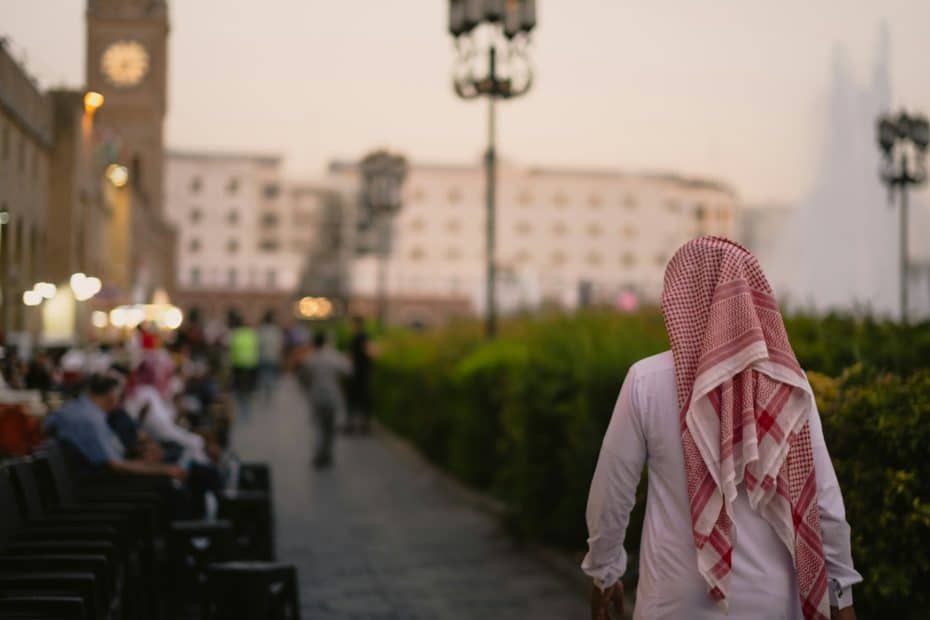
While the social class system of Al-Andalus is considered freer and much more progressive, especially with regards to freedom of religion, than the one in place in most coetanious European countries, there were still distinct hierarchies that shaped the daily life and politics of this region from the 8th to the 15th centuries CE.
The ethnic Arab Moors generally occupied higher social levels within society due to their ruling status. They held prominent positions in administration, military, and land ownership. The Berbers, who played a crucial role in the conquest alongside Arabs, also gained social status but were subordinate to the ethnic Arab elite. Then came the Muwallads or Muslim Converts, and then Mozarabs, Christians who didn’t convert but adopted many aspects of Arabic culture.
At the bottom of the social pyramid you have the Jewish community, then the non-Muwallad Christians, or Dhimmis, who neither converted nor adopted Arabic customs, and finally, the lowest tier consisted of slaves, both Muslims and non-Muslims brought through conquests or trade.
There was no immediate or complete ethnic shift; rather, a complex process of intermixing through marriages between Muslims and Christians, wich became more common over time. This social amalgamation included Arabs, Berbers, converted Christians (known as Muwallads), and Jews, leading to a culturally diverse society not unlike present-day Spain.
Despite this hybridization, Al-Andalus did experience an ethnic transformation due to significant Muslim immigration from North Africa and conversion among the local population. However, European influence remained through continued Christian presence and contact with independent northern kingdoms.
An Evolving Social System
Perfect it wasn’t, but the social hierarchy in Al-Andalus was at least flexible. It evolved significantly over time and the lines between classes and religions became progressively blurred.
Over time, many Muwallads gained prominence. By the 10th century CE, it was not unusual to find Muwallads occupying roles in administration or military leadership. Mozarabs also found pathways to limited upward mobility. Though generally excluded from political power, they played vital roles as intermediaries and translators due to their bilingual abilities.
Jewish communities thrived in fields including medicine, trade, and statecraft. Hasdai ibn Shaprut, a Jewish physician and diplomat from Cordoba during Al-Hakam II’s reign, became one of the most influential officials in Al-Andalus.
Intermarriage between Muslims and Christians occurred among all social strata, including royalty. This practice contributed to gradually eroding rigid social divisions. An example is the marriage of Abd al-Rahman III’s mother, who was a Christian slave from Navarra.
Social mobility was another feature of Al-Andalus that set it apart (and centuries away) from contemporary Christian kingdoms in northern Europe. Talented people could rise through the ranks based on merit rather than solely on birthright. This enabled scholars and skilled craftsmen to achieve prominence regardless of their origin, race, religion.
Women Rights in Al-Andalus Were Eons Ahead of Europe’s
The position of women in Muslim-era Spain was multifaceted and highly nuanced, but as with every other social indicator we have covered, Al-Andalus seems to be centuries ahead of of its Christian counterparts. Women’s freedoms were noticeably more tied to their status and they did not enjoy the relative social mobility men did.

While some degree of social and legal freedom existed for women, it wasn’t universal or egalitarian by today’s standards. Women in Al-Andalus were granted certain rights and simultaneously subjected to societal restrictions. Though free women did have rights to property, inheritance, education, and commerce under the law, the extent to which these rights were exercised varied widely based on social status.
Women could and did work in many fields. Many were involved in education and intellectual life. Numerous female scholars made contributions to jurisprudence, literature, and sciences. This scholarly involvement often occurred within their homes or private gatherings as opposed to public institutions dominated by men. Moreover, women sometimes engaged in commerce and trade. There were also records of women practicing medicine and acting as doctors and pharmacists. Notably, some Andalusian women owned property and conducted independent business transactions.
Among the influential women of that era was Wallada bint al-Mustakfi (994–1091 CE), a poetess and daughter of a former Umayyad Caliph of Córdoba. Wallada hosted literary salons that included men and wrote poetry that addressed themes like personal freedom and romantic love—topics relatively radical for a noblewoman in medieval Islamic society. Her prominence illustrates that while women’s freedoms in Al-Andalus were substantial, they still lived within the constraints imposed by their male-dominated society.
What Language Did They Speak in Al-Andalus?
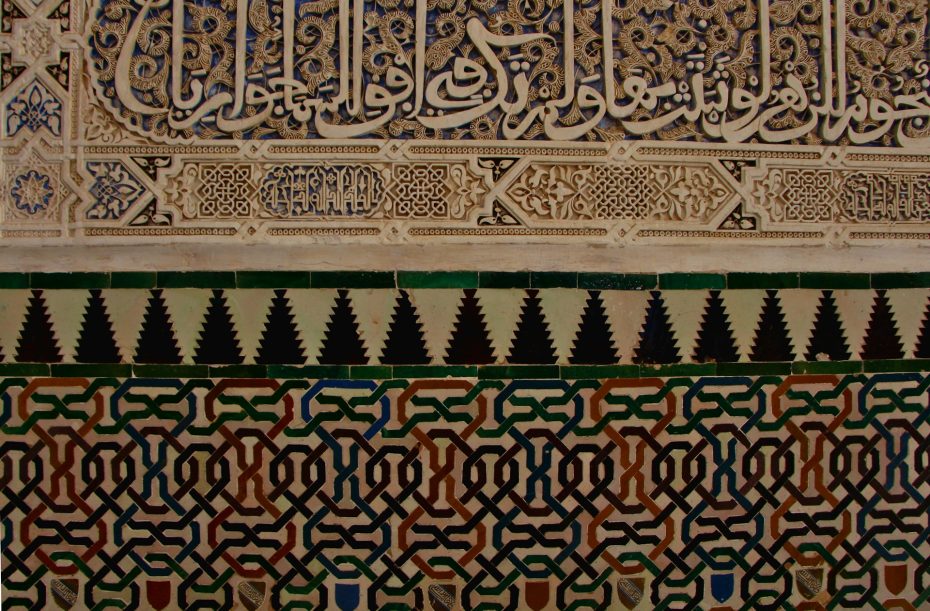
Al-Andalus was a melting pot of languages due to its diverse population. Arabic was the dominant and administrative language. Major cities like Córdoba, Seville, and Granada were centers of Arabic intellectual activity and produced renowned scholars such as Averroes (Ibn Rushd) and Maimonides (Musa ibn Maymun).
Latin, once the administrative language of Roman Hispania, experienced a decline after the Islamic conquest. However, it remained significant within Christian communities and churches scattered throughout Al-Andalus. Clerics continued to use Latin for liturgical purposes and record-keeping.
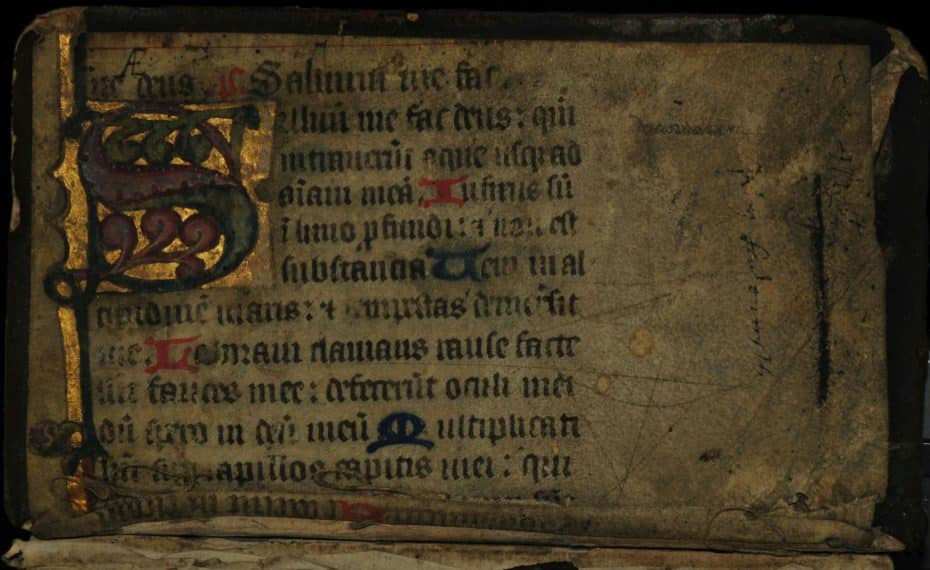
With the gradual (and sometimes on-anf-off) Reconquista by Christian kingdoms from the north, Castilian (a dialect of Old Spanish, which in turn derived from Latin) began creeping into territories reconquered from Muslim control. By the late Middle Ages, Castilian had spread far and wide due to policies like the Siete Partidas under King Alfonso X The Wise, who ruled in the 13th century.
Ladino or Judeo-Spanish developed among Sephardic Jews within Al-Andalus. As Arabic permeated Jewish communities alongside Hebrew for religious purposes, vernacular Ladino began incorporating Arabic expressions while maintaining its foundational Romance structure and Latin alphabet.
Therefore, the linguistic landscape of Al-Andalus was characterized by a coexistence of languages driven by its multifaceted population – Muslims predominately speaking Arabic; Jews developing Ladino and Christians using Latin in religious contexts and early Castilian on a day-to day basis among reconquered territories.
What Happened to the Spanish Moors After the Reconquista?
After the Reconquista culminated in 1492 with the fall of Granada, the situation of the Spanish Moors underwent dramatic changed. The Muslim population, often referred to as Mudéjares when living under Christian rule, initially retained some religious freedoms as stipulated in the terms of Granada’s surrender. However, these privileges were short-lived. By 1499, Cardinal Francisco Jiménez de Cisneros initiated a campaign to convert Granada’s Muslim population to Christianity forcibly. This led to an uprising in 1500-1501 known as the Revolt of the Alpujarras. Despite their resistance, by 1526, Charles V issued a royal decree that forced all Muslims in Spain to convert to Christianity or face expulsion.
Those who converted publicly while secretly practicing Islam were known as Moriscos. The life of a Morisco was fraught with difficulty as they faced intense scrutiny from the Inquisition. They were often suspected of heresy, and many found themselves subject to investigation, trial, and punishment. This tension mirrored across regions like Valencia and Aragon, where Moriscos formed a significant demographic group. Despite outwardly adopting Christian practices, many retained their Islamic customs and traditions behind closed doors.
The expulsion of Moriscos was formalized by Philip III in 1609 and carried out until 1614. This phase saw around 300,000 people expelled from Spain, significantly affecting communities within regions like Valencia, where they made up a substantial portion of the population. Reports from this era highlight the immense suffering endured during the expulsion — families were separated, properties were seized without compensation, and many perished during their forced journeys across harsh terrains. The removal also had long-lasting economic impacts on Spain’s agriculture and crafts sector, which relied heavily on Morisco labor and skills. Thus, the Reconquista’s aftermath was marked by enforced assimilation or agonizing exile for the Spanish Moors.
The Language
Immediately after the conquest, there was a push to eradicate the Arabic language, which had been prevalent among the Moors. Although most Spanish Moors were bilingual in Arabic and Latin or Romance languages, Arabic began to wane as multilingual people increasingly adopted “Christian” languages (Castilian, Valencian and Catalan mostly). By the early 16th century, native Arabic speakers had to either assimilate linguistically or face expulsion.
Today, the influence of Arabic on Castilian Spanish is profound, with estimates suggesting that approximately 8% of the Spanish lexicon has Arabic origins. This linguistic impact is most evident in vocabulary related to science, agriculture, trade, and even religion. Examples include “ojalá” (hopefully), “alabar” (to praise), and “zanahoria” (carrot). Most words beginning with “al-” are derived from Arabic, such as “almohada” (pillow), “almojábana” (a type of pastry), “alhaja” (jewel), alberca (pool), or “alcázar” (castle). Additionally, numerous town names reflect this influence, including Almería, Alicante, and Albacete.
Religion
Religion was profoundly affected as well. After 1492 CE, the Treaty of Granada initially allowed Muslims to continue practicing Islam but by 1499 CE, an aggressive campaign to convert Muslims to Christianity, often through coercion, had begun. Most mosques (and synagogues) were either destroyed or repurposed as churches.
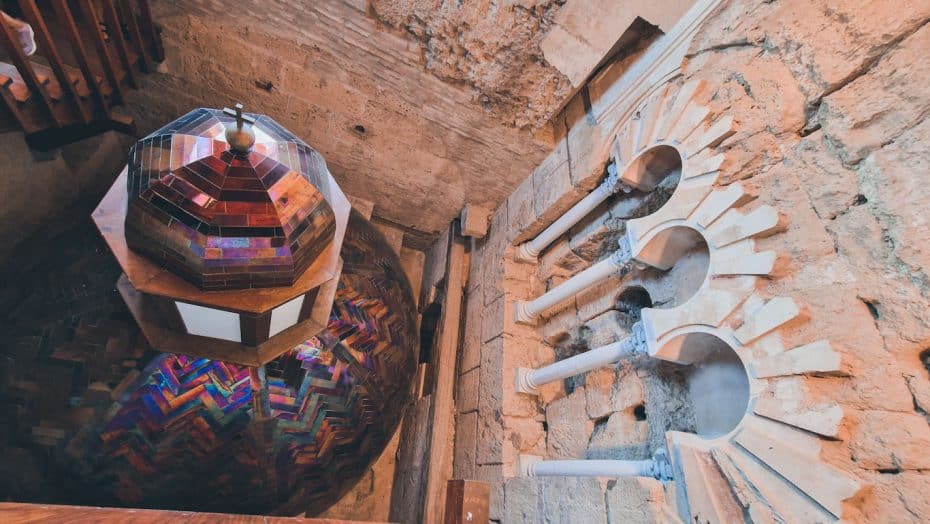
Grand Mosques, like those in Seville and Córdoba became Cathedrals, and their minarets, belltowers.
Traditions and Cultural Life
Moorish traditions faced suppression simultaneously with religion and language transformations. Despite forcible or voluntary conversions, many Moriscos retained discrete elements of their former customs. These elements often manifested very subtly within family rites or culinary practices but faced direct challenges such as prohibitions on dressing distinctly Moorish or speaking Arabic.
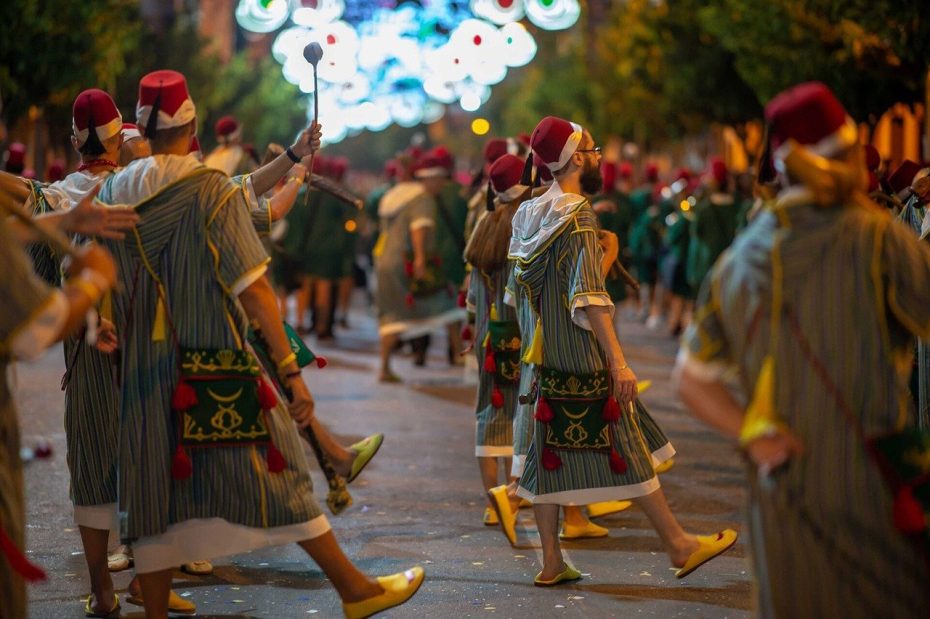
On the other hand, traditional festivals like Moros y Cristianos emerged, stylizing (and somewhat romanticizing) past conflicts into ceremonial expressions.
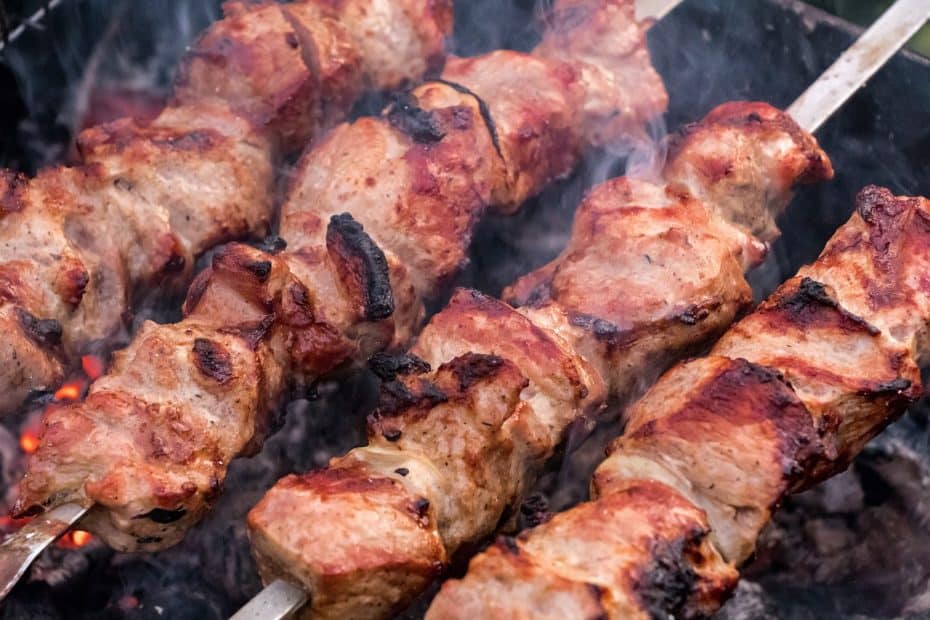
This weird assimilate-or-else approach also had and impact on food, Pinchos morunos, for example, include Moorish-style preparation and seasoning on (definitely not Halal) pork skewers.
Migration and Diaspora
Amidst these challenges, a diaspora of Spanish Moors began to develop outside Spain. Many fled to North Africa and parts of the Ottoman Empire where they could freely practice their religion without fear of persecution. Cities such as Fez in Morocco and Algiers in modern-day Algeria saw significant influxes of these exiled populations. These communities often retained distinct Spanish influences in their architecture, cuisine, and social structures long after their emigration.



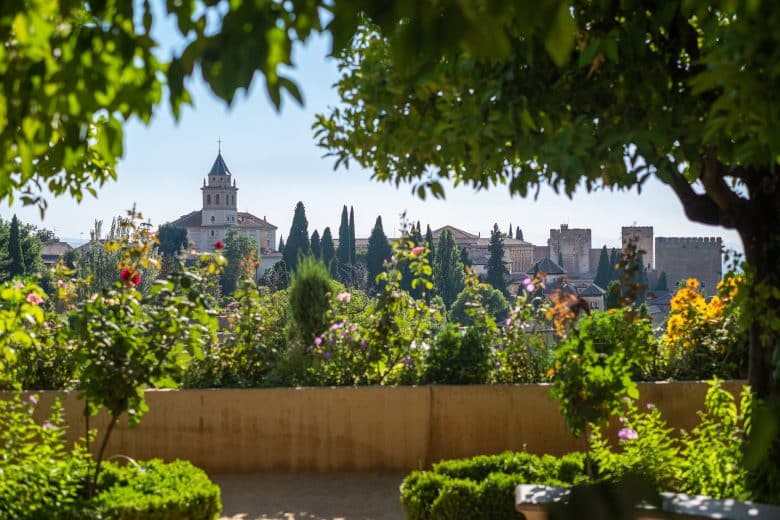
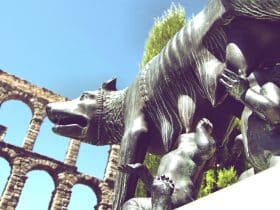
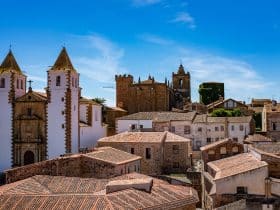
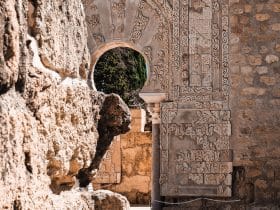

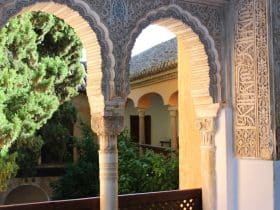
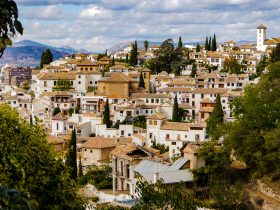
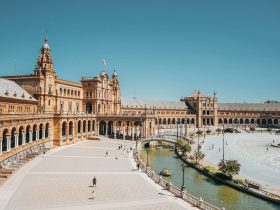
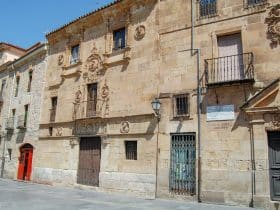
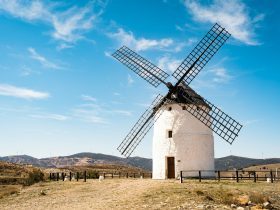
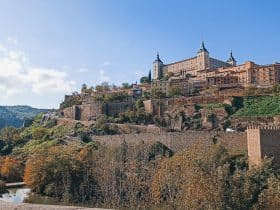
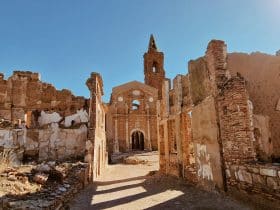
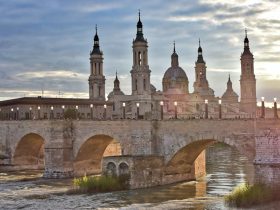
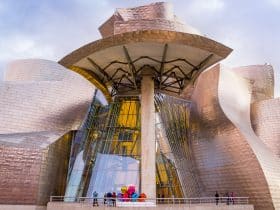
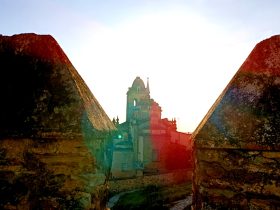
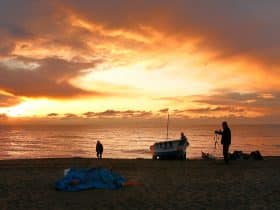
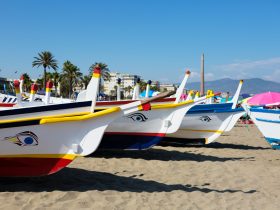
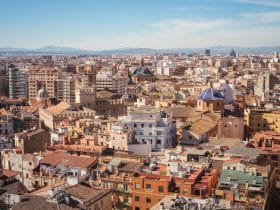

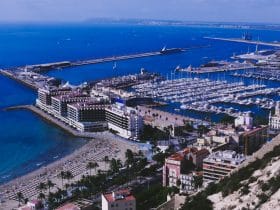
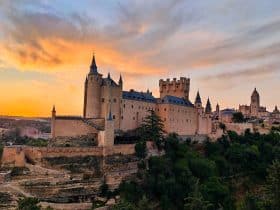
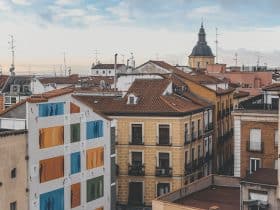




















Leave a Reply
View Comments